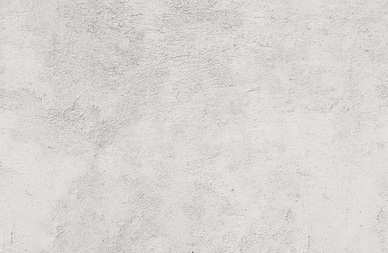 Before you start using stucco, make sure that there are no underground elements such as salt, sulfur, or carbon dioxide in your soil. If you add these elements, the stucco will not bond properly with your masonry or base material, and it may result in structural failure. When you buy new plaster for your project, ask to see a sample so you can determine if the Portland cement you are using is appropriate for your soil type.
Before you start using stucco, make sure that there are no underground elements such as salt, sulfur, or carbon dioxide in your soil. If you add these elements, the stucco will not bond properly with your masonry or base material, and it may result in structural failure. When you buy new plaster for your project, ask to see a sample so you can determine if the Portland cement you are using is appropriate for your soil type.
After determining that you’re using the proper cement for your home project, you’ll want to mix your stucco batch with either medium or light pigments depending on the needs you have for the area being stucco’d. For areas such as brick, you can either go with a dark or a lighter shade. Darker shades of stucco allow the pattern to stand out better against the background of the building and light colors help to show up more of the original stucco once it has cured. Another option you have is to blend the colors together. This can make for a unique look, especially if you choose to use historic stucco to match the exterior of your home.
The final step is to mix the Portland cement with water to create the final mixture necessary to seal the surface and allow it to dry. If you have a smaller wall or room to fill, you can mix the stucco by hand but if you are working with a larger space, be sure to have a container to mix the Portland cement with water in. Mixing by hand leaves small air bubbles in the stucco, and these can cause the stucco to stiffen and dry out prematurely.
Once the stucco has completely dried, you can apply it to the areas you want to coat with stucco. If you have already applied the stucco before the ground is dry, you should mix the cement with water and apply it to the surface right before the ground is hardened. Then, you can pour the mixture into your moulds and begin shaping the stucco into the patterns you desire. You can also hand stamp decorative patterns on the stucco once it has cured to give it a rough texture.
There are many options available when it comes to using stucco. Some of the more common uses include repairing cracked and worn floor tiles, protecting masonry structures, coating exposed brick walls, protecting exterior walls from weather, and making repairs to the portico and facades. When stucco is used as a binder, it seals the edges of mortar joints while also increasing the structural integrity of the building. When stucco is applied to the interior of a structure, it forms a smooth surface that will not mar the look of the flooring, walls, or landscaping. It also provides a textured surface for easy cleaning and maintenance.
Stucco can be combined with other materials to create a variety of effects including: stamped patterns, decorative crown moldings, textured ceilings and walls, stamped concrete finishes, pre-painted hardware and paint, and more. When stucco is stained or painted, the finished look can change dramatically. For example, a light stucco finish coat can be combined with dark wood trim, while a dark stained stucco finish can be combined with a light cherry wood trim. Stucco finishes can even be applied to architectural pillars.
When stucco becomes wet, it begins to expand like elastic. Because of this, any space that is exposed to water must be thoroughly dry mopped dry before stucco may be applied. Mopping after exposure to moisture takes care of a lot of potential problems, including cracking and shrinking, flaking, mildew, corrosion, and other water problems. If you are looking for a way to improve the look of your home, stucco may be the right choice. However, if you have young children or pets, you may want to consider an alternative to stucco, such as fiber-cement siding.
